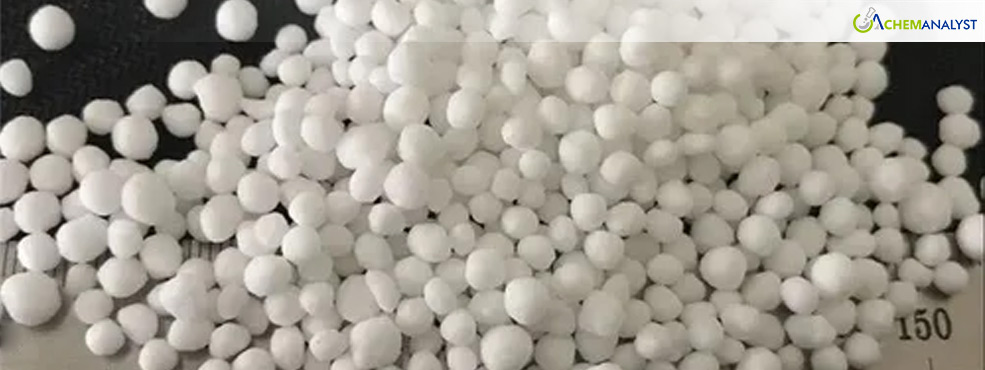Welcome To ChemAnalyst

Urea Ammonium Nitrate (UAN) prices exhibited mixed trends during the concluding month of 2024. In the Western market, prices saw a significant upward movement, with the USA and France being the most affected regions. This price surge was primarily driven by the anticipation of the upcoming fertilizer application season, which spurred heightened demand, alongside a shortage of imported supplies that constrained availability. Conversely, the Indian market experienced a decline in UAN prices during the same period. The downward trend in India can be attributed to subdued demand from the domestic agricultural sector and ample inventories from previous imports, which offset any immediate supply concerns. This contrasting price movement underscores the varied market dynamics influenced by regional demand cycles, supply availability, and agricultural practices.
In December, UAN prices in the North American region followed an upward trajectory, influenced by several key factors impacting supply and demand dynamics. One of the primary drivers was the moderately strong demand from the downstream fertilizer market, particularly in the Corn Belt region, where buyer interest remained firm. This seasonal demand was further amplified by growers’ traditional year-end purchasing behavior, motivated by tax planning strategies to reduce liabilities through agricultural input procurement. On the supply side, the situation was compounded by challenges faced by Trinidad & Tobago, a major exporter of UAN to the North American market. Early in the month, the region experienced a natural gas shortage, which disrupted production at manufacturing facilities. Since natural gas is a critical feedstock for the synthesis of Ammonia, Urea, and UAN, this crisis resulted in reduced output of these essential fertilizers. The delays in exports from Trinidad & Tobago further tightened the regional supply chain, adding upward pressure on UAN prices. This combination of robust seasonal demand and constrained supply underscored the price surge observed during the month.
However, in the Indian market, UAN prices experienced a slight decline. This marginal dip can be primarily attributed to stable demand from the key downstream fertilizer sector, where most inquiries are fulfilled through long-term contractual agreements. Traders have either fulfilled or are awaiting the release of tenders for UAN, further stabilizing the market activity. On the supply side, the availability of adequate inventories of both domestically produced and imported UAN ensured a steady flow of cargoes into the Indian market. This surplus supply mitigated any potential upward pressure on prices, contributing to the observed decline. The balance between consistent demand and sufficient supply created a stable market environment of UAN in India, in contrast to the upward price movements observed in Western markets during the same period.
According to ChemAnalyst, global UAN prices are expected to rise due to increased fertilizer demand for the upcoming winter planting season. The seasonal boost in agricultural activities, coupled with ongoing supply limitations, is likely to put upward pressure on prices, driven by strong demand and constrained availability.
We use cookies to deliver the best possible experience on our website. To learn more, visit our Privacy Policy. By continuing to use this site or by closing this box, you consent to our use of cookies. More info.
